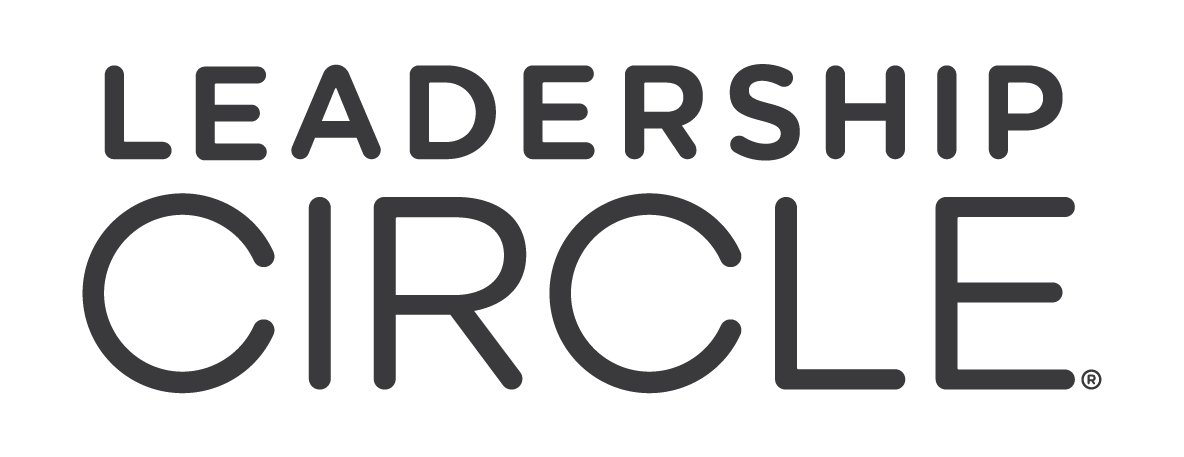Executive coaching has firmly established itself as a cornerstone of modern leadership development. Once considered a luxury reserved for executives at the very top, today it has moved onto the global corporate agenda as a critical investment in organizational performance. Getting here has taken decades of work—through research, practice, and proof of impact—but the field’s reputation now rests on a delicate balance.
On one side lies the recognition of coaching’s transformative power: its ability to unlock potential, expand self-awareness, and reshape leadership effectiveness. On the other lies the pressing need to demonstrate tangible results. In today’s data-driven business environment, the question is no longer whether coaching adds value, but how we prove that value in ways that are credible, measurable, and sustainable.
Why Credibility Matters in Executive Coaching
A coach’s credibility does not rely on inspiration alone. Yes, trust between coach and client is essential—without it, there is no foundation for growth. But credibility must also extend beyond the relational and into the structural: the rigor of the methodology, the clarity of the process, and the ability to measure outcomes that often feel intangible.
When leadership development depends solely on goodwill or subjective impressions, it risks being dismissed as an isolated experience—helpful for the individual, perhaps, but disconnected from organizational strategy. To truly endure, coaching must combine transformative vision with concrete evidence of progress.
From Good Intentions to Reliable Practice
This is the difference between well-intentioned processes and truly reliable ones. Too often, leadership development initiatives begin with passion but fade without evidence. What turns good intentions into lasting impact are structures—systems that make growth observable, measurable, and repeatable.
Consider tools like structured development plans or continuous feedback systems. These frameworks help close the gap between aspirations and outcomes. They translate vision into concrete actions and, over time, allow both the leader and the organization to see visible progress. When leaders can look back and track growth with data—whether through 360-degree assessments, pulse surveys, or performance metrics—development stops being an abstract idea and becomes a tangible reality.
The Role of Feedback Systems in Building Evidence
One of the most effective ways to legitimize coaching is through continuous feedback loops. For example, integrating tools like the Leadership Development Plan (LDP) or PULSE feedback systems allows practitioners to track shifts in behavior, mindset, and impact.
These mechanisms create three powerful outcomes:
- Energized Leaders – When leaders see progress quantified and reinforced by others, motivation increases.
- Credible Coaching – Evidence of change strengthens the discipline’s legitimacy, moving it out of the “soft skills” category and into strategic necessity.
- Sustainable Results – Development becomes an ongoing cycle of measurement, reflection, and adaptation, not just a one-time intervention.
Conscious Leadership and the Need for Evidence
Conscious leadership doesn’t eliminate uncertainty or complexity—it embraces it. But conscious leaders also know that vision must be paired with rigor. They understand that lasting change requires processes with clear methodologies and transparent metrics.
This is the true strength of executive coaching: not to promise certainty or quick fixes, but to create structures where progress is visible, demonstrable, and sustainable. When evidence accompanies intention, transformation not only occurs—it endures.
Moving Forward: Building a Discipline of Evidence
As executive coaching continues to expand globally, practitioners face a critical choice:
- Will coaching remain an inspiring but largely intangible experience, vulnerable to skepticism?
- Or will it evolve into a discipline recognized for its rigor, measurable outcomes, and sustainable results?
At Leadership Circle, we believe the future depends on the latter. By integrating self-awareness tools, structured plans, and measurable feedback systems, coaching can transcend perception and prove its impact in ways that resonate with both leaders and organizations.
The most effective coaches are those who bridge the gap—who hold space for vision and transformation while also grounding development in evidence and accountability. This dual focus is what makes coaching not just an intervention, but a true strategic advantage.
A Call to Coaches and Leaders
The challenge is clear: to advance our profession, we must strengthen its credibility through evidence-based practice. That doesn’t mean abandoning inspiration or the deeply human aspects of coaching. It means reinforcing them with the rigor of measurement, reflection, and process.
So here’s the question: How do you build credibility in your practice?
Do you rely solely on the trust of your clients, or do you also provide evidence that demonstrates real, observable change? The answer could determine not just the future of your coaching engagements, but the reputation of the field itself.





